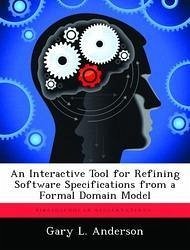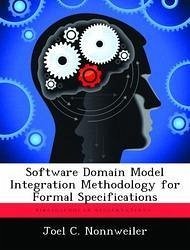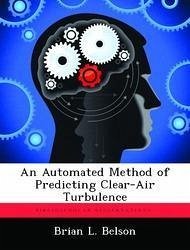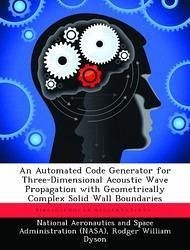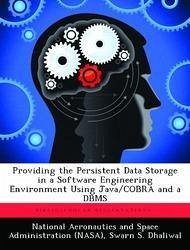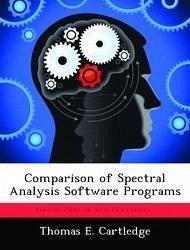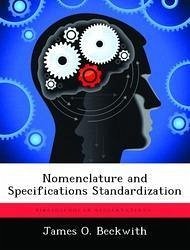Nicht lieferbar
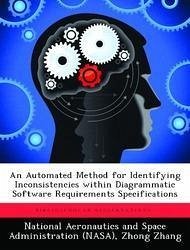
An Automated Method for Identifying Inconsistencies within Diagrammatic Software Requirements Specifications
Versandkostenfrei!
Nicht lieferbar
The development of large-scale, composite software in a geographically distributed environment is an evolutionary process. Often, in such evolving systems, striving for consistency is complicated by many factors, because development participants have various locations, skills, responsibilities, roles, opinions, languages, terminology and different degrees of abstraction they employ. This naturally leads to many partial specifications or viewpoints. These multiple views on the system being developed usually overlap. From another aspect, these multiple views give rise to the potential for incons...
The development of large-scale, composite software in a geographically distributed environment is an evolutionary process. Often, in such evolving systems, striving for consistency is complicated by many factors, because development participants have various locations, skills, responsibilities, roles, opinions, languages, terminology and different degrees of abstraction they employ. This naturally leads to many partial specifications or viewpoints. These multiple views on the system being developed usually overlap. From another aspect, these multiple views give rise to the potential for inconsistency. Existing CASE tools do not efficiently manage inconsistencies in distributed development environment for a large-scale project. Based on the ViewPoints framework the WHERE (Web-Based Hypertext Environment for requirements Evolution) toolkit aims to tackle inconsistency management issues within geographically distributed software development projects. Consequently, WHERE project helps make more robust software and support software assurance process. The long term goal of WHERE tools aims to the inconsistency analysis and management in requirements specifications. A framework based on Graph Grammar theory and TCMJAVA toolkit is proposed to detect inconsistencies among viewpoints. This systematic approach uses three basic operations (UNION, DIFFERENCE, INTERSECTION) to study the static behaviors of graphic and tabular notations. From these operations, subgraphs Query, Selection, Merge, Replacement operations can be derived. This approach uses graph PRODUCTIONS (rewriting rules) to study the dynamic transformations of graphs. We discuss the feasibility of implementation these operations. Also, We present the process of porting original TCM (Toolkit for Conceptual Modeling) project from C++ to Java programming language in this thesis.




